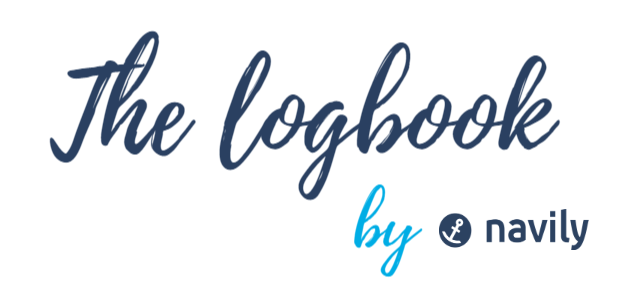
Throughout the year we will present one cetacean per article, to learn more about these animals and how to observe them. These sheets are made by Serge Briez founder of the Peoples of the Sea, a citizen NGO whose goal is wildlife protection through knowledge and the enhancement of our Mediterranean maritime area: the Gulf of Lion and more specifically the Marine Natural Park of Gulf of Lion. For our third cetacean sheet: The Black Pilot Whale !
Today, we present the Black Pilot Whale, a not so common sight in the Mediteranean Sea little known by boaters.
Observation areas: in cold seas, in the Mediterranean, in the Gulf of Lion.
We can meet the black pilot whale in the Mediterranean, in the high seas and deep sea canyons. They like deep water but can also be found in coastal areas. They swim close to the surface in large groups of up to several hundred individuals. Adult males and females supervise the youngsters with authority until their puberty between 9 and 14 years. In the southern Gulf of Lion they can be observed in groups made up of complete families of 20 to 30 individuals. In the Atlantic, groups of several thousand Pilot Whales can be seen.
3 facts about the Black Pilot Whale

1 – Being a top predator, the Pilot Whale regulates lower trophic levels and helps to report on the state of health of an entire ecosystem. In addition to its importance at the ecosystem level, the Pilot Whale is of interest at the community level.
2 – Massive, powerful and fast, they are impressive and easily identifiable with their head in the shape of a black ball. When they gather in the hundreds, the scene is impressive. They have a long lifespan: 35 – 45 years for males and up to 70 years for females. They breed all year round with a peak in birth rates in the summer. The long gestation period of 16 months constitutes a factor of fragility of their species. In the Faroe Islands where they are hunted by the hundreds each year for traditional reasons, the pregnant females and the young are slaughtered without distinction. Their meat is no longer eaten because it is known to be toxic due to pollutants of human origin. They are little known to the public and a long way remains to be accomplished to reach their intelligence of life and to be able to communicate with them as equals without making them a product of consumption or a pet … Traditional hunting should disappear in the short term because the authorities and the younger generations are opposed to it.
3 -Despite their large numbers on all cold temperate seas; mainly in deep pelagic zones but also towards the coasts, this species is subject to pollution by PCBs, DDT, heavy metals, microplastics which have or will have short-term consequences on their reproduction and their longevity. In Europe, pilot whales have been protected since 1970 by the Bern Convention (appendix II) and the habitat directive (appendix IV).
Observation and interaction tips

1 – Entering the water to swim with the Black Pilot Whale is not recommended. They have little interest in human presence but can come and swim at the bow in small groups of 3 to 5 with young individuals. Not very demonstrative, it is rare to see them jump, but various surface activities are noted: tail slapping on the water (lobtailing), observation of the surface environment with the head above the water vertically (spy- hopping), backstroke with pectoral beats …
2 – Do not try to feed them, they are great hunters and a good part of their time is devoted to hunting. They dive to 200-300m to hunt squid. It is not uncommon to see other species of cetaceans such as bottlenose dolphins or sperm whales evolve among a group of pilot whales.
3 – The best way to meet Pilot Whales is not to look for them but to observe them. The encounter can be opportunistic: your paths cross, but these encounters can also be the subject of a different way of NAVIGATING TO OBSERVE and meeting all the species that inhabit our Big Blue.

Observing is learning and many associations offer eco-volunteers naturalistic observation embarkations where you will learn a lot about these MASTERS of the oceans, the Cetaceans.
In the meantime, we’ll meet you very soon for the next sheet produced in collaboration with The Peoples of the Sea! Find all the cetacean sheets of the Peoples of the Sea here!
See you soon for new discoveries on the marine fauna of the Mediterranean.
Fair Winds Captain,
The Octopus.










3 Comments
[…] 15 septembre 2021 Lire en Anglais […]
[…] […]
[…] 24 novembre 2021 Lire en Anglais […]